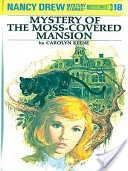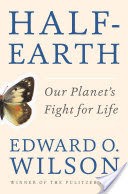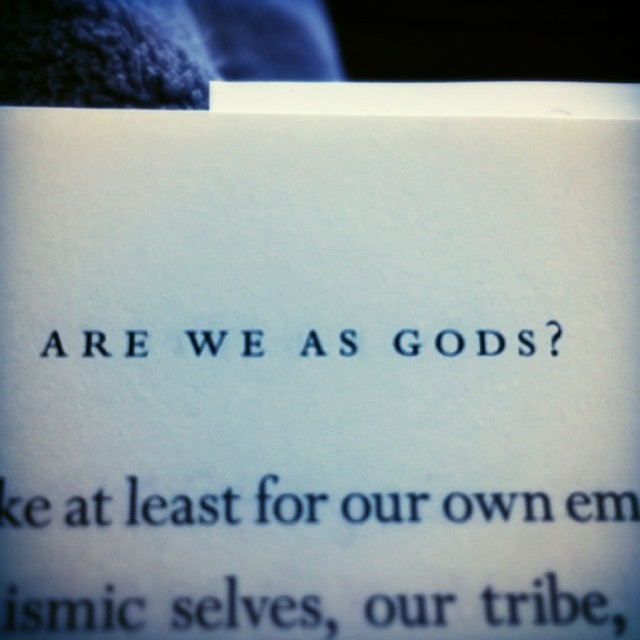
If you‘re environmentally aware or curious even, and want to understand humanity‘s impact on the earth, then I‘d highly suggest this book. It‘s just one in a series but carries an intelligent concept to help slow the deterioration of our natural resources.





















